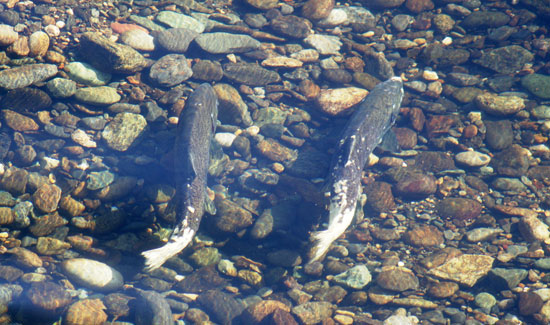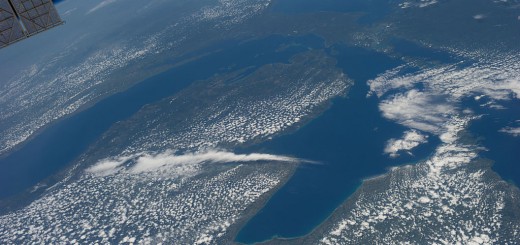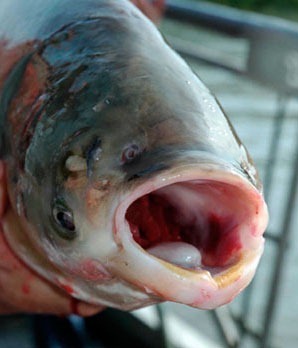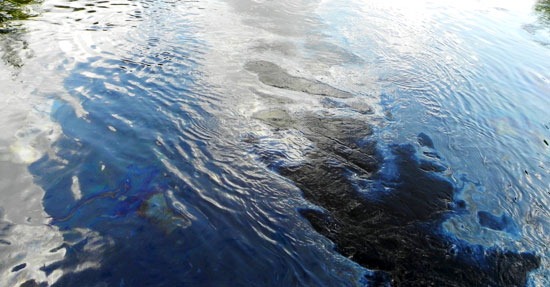Net pens boost Lake Michigan hatchery salmon survival rates
0
Chinook salmon
The first few weeks of a young fishery-born salmon’s life can be vulnerable ones. If left to fend for themselves, they must struggle to survive against predators and starvation.
Fortunately for Lake Michigan hatchery salmon, they’re not abandoned into the unforgiving tributaries of the lake during this time. This year, for instance, 171,000 2- to 3-inch Chinook salmon will spend their early days in four floating net pens at Grand Haven Municial Marina’s Chinook Pier. The net pen project dates back to the 1980s and aims to improve the survival rate of the stocked fish.
Before then, hatchery fish were simply dumped into the river from trucks, after which point they had to struggle to reach Lake Michigan, surviving a number of predators and learning to finding food.
“We wanted to do something to help get them by all those walleye and catfish,” Roger Belter, president of the Grand Haven Steelheaders, told The Grand Rapids Press.
By protecting the vulnerable fry and feeding them during these early stages, the fish are able to adjust to the river in a more gradual way. Additionally, by being placed downriver, their swim to the lake is shorter and safer, giving them a chance to grow stronger before reaching it.
Studies confirm the net pen project works. Hatchery fish received coded wire tags before being released. The tags indicate where and when the fish were introduced to the wild. Then as anglers captured the fish later in life, they would return the fish heads, which contain the tag.
“We found much better survival in the net pen fish,” said Jay Wesley, the Michigan Department of Natural Resources fisheries supervisor for southwest Michigan.
Similar projects take place on other Lake Michigan tributaries, including the Black, Kalamazoo, and Big Sable rivers.
A head start for baby salmon: ‘Net pens’ help young fish survive trip to Lake Michigan [The Grand Rapids Press] Image Credit: http://www.flickr.com/photos/usfws_pacificsw/5456985064/












